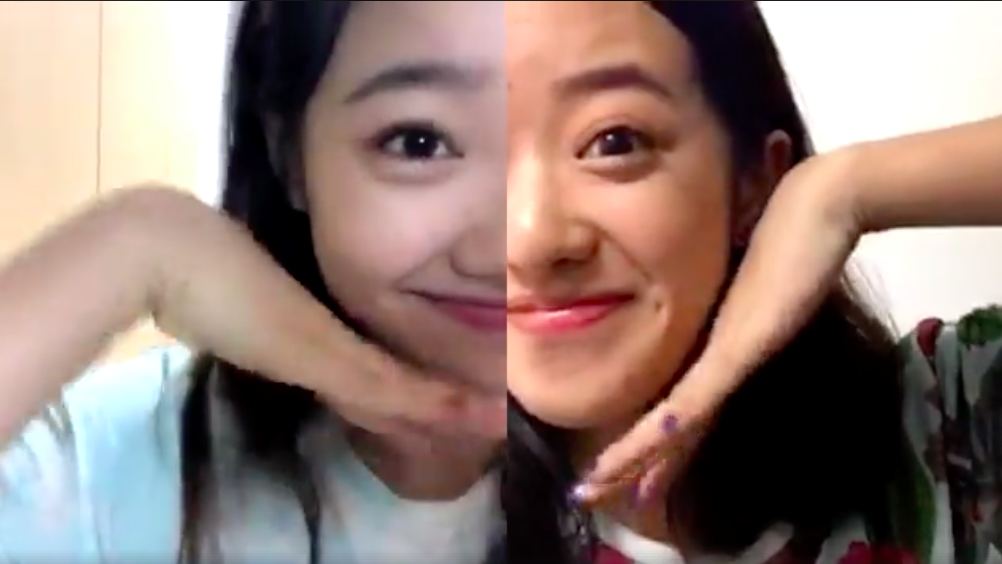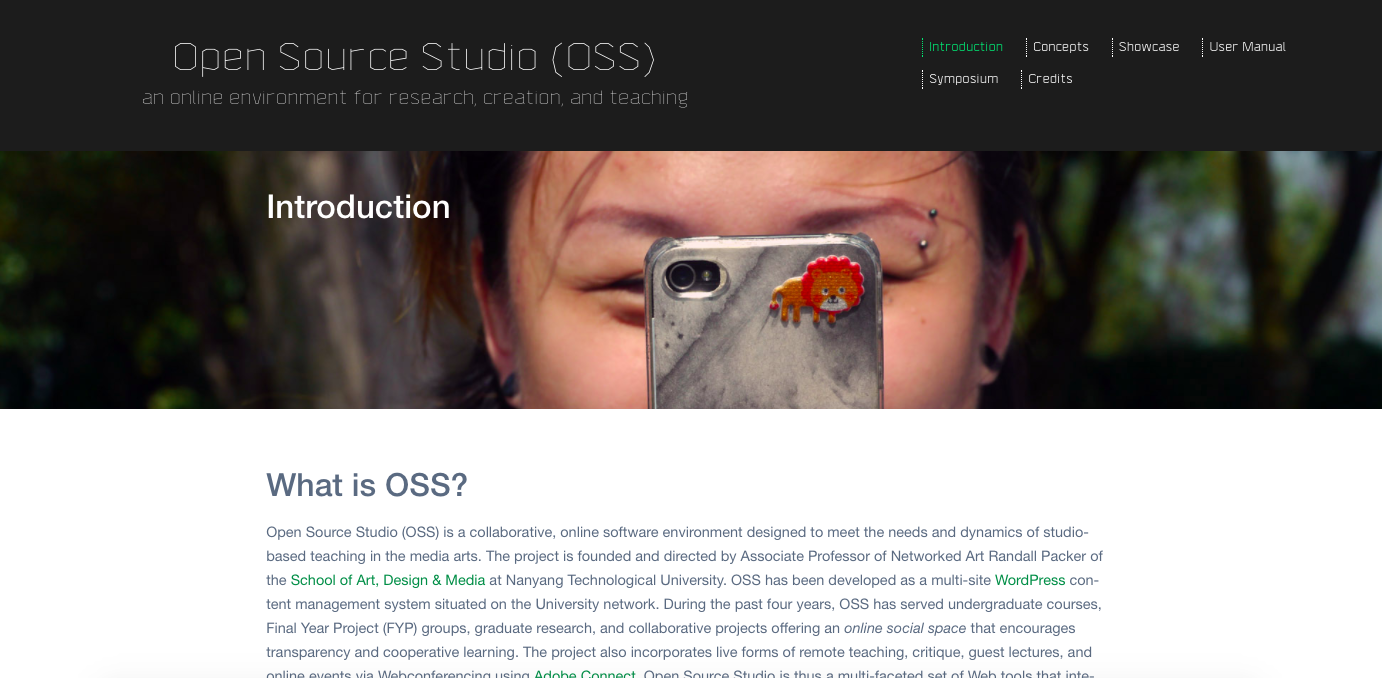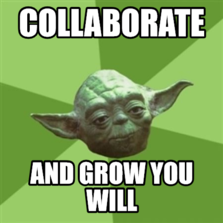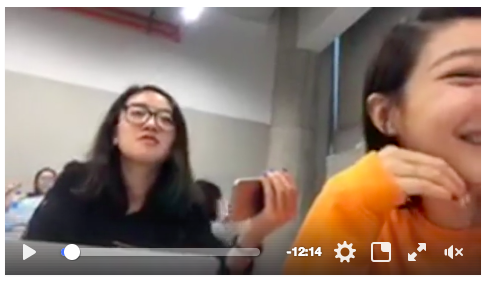Sherry Rabinowitz & Kit Galloway,
Hole in Space, 1980.
On November 1980, Sherry Rabinowitz and Kit Galloway had set up a live sized two way broadcast connecting the East and West coast through a satellite, called “Hole in Space”. It was unannounced, with no signs, no credits nor explanation to what it is. This installation ran for three days located at the Lincoln Center for the Performing Arts in Manhattan, New York City and the other in an open air shopping center, «The Broadway» in Century City, Los Angles.
Spectators who passed by and who were ‘pulled’ in by the installation eventually became part of it. It was a never-before-seen live interaction in the real time, opening a new space in this universe.
First, they were puzzled and unsure of what was happening. In the documentation, we get to see different reactions, emotions and thoughts on the interactive artwork through different individuals. Conversations among the spectators chattered on, some thought that the live display were young actors on television before they found out that they were people living in the other side of America. When they found out, people were surprised by the live interaction where they could see and hear the people in live size display, in the real time. Word spread through the media as more people came to spectate the installation.
At one part of the documentation, at 22:06 to be exact, a woman was interviewed and mentioned that her daughter lived in Manhattan, New York City while she is in Los Angeles. Her daughter called her in the morning and told her to meet her at Century City where she could say hi to her. This highlights the idea of the third space, where people at different places can meet at one place at the same time.

Through the documentary of “Hole in Space,” we can see the celebratory of people through the laughter and joy. Not only did the installation deepened the bond between the two coast, it also reunites friends and family who are living in the different coast. It has redefined and shortened what space was between the East and the West coast of America.
Sherrie Rabinowitz and Kit Galloway has created “Hole in Space” to exhibit that size and bandwidth communicate emotion through the third space. It portrayed human interaction filled with rich emotions through the third space. It showed the beauty of people coming together in another space.
“There was the evening of discovery, followed by the evening of intentional word-of-mouth rendezvous, followed by a mass migration of families and trans–continental loved ones, some of which had not seen each other for over twenty years.”
This quote emphasises the breakthrough of the live broadcast and the reconnection of people living at different places, meeting at a space where emotions and memories can be newly formed, known as the third space.
Considering it was 1980, we could almost assume that it was the first few experimental breakthrough of the third space. Where it all began.
Living in this millennial age, instant communication over vast distances is easily accessible and intertwined into our daily lives compared to before. It became something so granted and reachable that it is hard to believe to what life was before when the third space was still yet to be discovered. Emotions could not be shown or instant delivered through a call or mail delivery. However, we could say that almost all of us are submerged into a life of the third space that we are busy connecting with others online rather than real life. Has our world dived into the third space where we forget what reality is, becoming more dependable towards the virtual world?
SOURCE USED:
http://www.medienkunstnetz.de/works/hole-in-space/
(https://www.youtube.com/watch?v=QSMVtE1QjaU)
(https://www.youtube.com/watch?v=SyIJJr6Ldg8&t=1378s)





